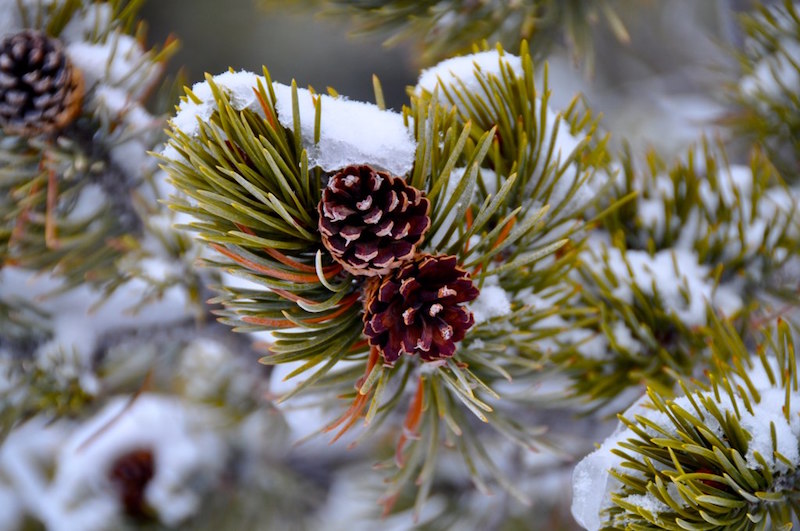This time of year, the question is almost always asked. Is a real or artificial Christmas tree the most environmentally responsible?
There are many reasons why real Christmas trees are more eco-friendly. Real trees are both a renewable and biodegradable natural resource. On average, it takes about seven years to raise a Christmas tree to marketable size. During that time, it is absorbing carbon dioxide and filtering the air of particulate matter and releasing oxygen. It is also providing watershed protection and habitat for birds and other wildlife. Christmas trees are planted and raised as a crop by tree farmers. Unlike other row crops, a Christmas tree plantation remains green and growing year-round. If there was no market for real Christmas trees, that land would probably be developed for something else. For every Christmas tree that is harvested nationally, two to three seedlings are planted.
To make your choice even more sustainable, select a tree from a local Christmas tree farm instead of purchasing one from a big-box store that trucks them in from across the country. There are many local tree farms that can be found near Kansas City, nationwide and beyond at Pick Your Own Christmas Tree.
In contrast, artificial Christmas trees are made primarily of metals and plastics, which are all non-renewable resources. The plastic material, typically polyvinyl chloride (PVC) is a potential source of lead. The potential for lead poisoning is considered high enough that California requires a warning label on all artificial trees made in China, and an estimated 85 percent of artificial trees are made in China. Additionally, these trees must be transported 8,000-plus miles to their U.S. destination, which emits additional CO2.
On average, an artificial tree is used for seven years before it ends up in the landfill. So, if a tree is displayed for one month per year, that means it will have been used for a total of seven months, and will remain in a landfill indefinitely. Even if it were to be used for 20 holiday seasons, it’s still going to end up in a landfill far longer. In contrast, a real tree can be composted, submerged in ponds for fish habitat or made into wood chips.
If you don’t want to cut a tree, another good option is to buy a live tree to plant in your yard after the holidays. A live tree will require more care and will only be able to be in the house for a few days. It’s best to dig a hole before the ground freezes, and then be prepared to plant it the day after Christmas.
If someone in your family is allergic to evergreen trees, and you can’t imagine Christmas without a tree, another choice is to purchase a used, artificial tree from a thrift store, and save it from the landfill for a few more years. When the tree is no longer usable, the branches can be cut and repurposed into other decorations like swags, wreaths and garland, further delaying its final destination.
Photo: DevonshireMedia / CC

Another good choice is a wild pasture cedar tree, from your or a friend’s pasture, or from an organization such as Bridging the Gap in Kansas City, which sponsors a Christmas cedar tree event every year.